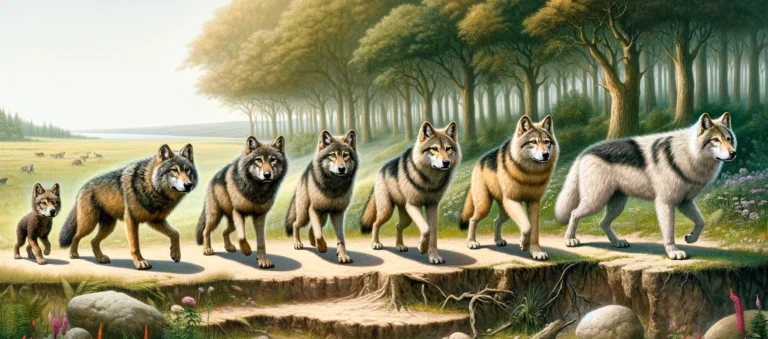Eastern Asia and Europe: The domestication of dogs marks one of the most remarkable and earliest examples of animal domestication by humans. This significant event occurred approximately 20,000 years ago, with some studies suggesting an even earlier date. The process began when wolves, drawn by the waste and remnants of hunting left by human groups, started to linger around the fringes of hunter-gatherer camps. Over time, a mutual relationship developed: these ancestral wolves provided humans with alertness to dangers and help in hunting, while humans provided a steady food source.
The transformation from wild wolves to domesticated dogs likely took place in several regions independently, but genetic evidence points to significant early domestication events occurring in Eastern Asia and Europe. Through a natural and then increasingly intentional process of selection, humans favored wolves that exhibited traits beneficial to their lifestyle—traits like reduced fear and aggression, which made them better companions and guards. This led to genetic divergence from their wild counterparts, morphing wolves into various forms and breeds of dogs as we recognize them today.
These early dogs were not just pets but integral to human societies, assisting in hunting, guarding territories, and providing companionship. Their roles expanded as human societies grew more complex, with dogs adapting to various climates and cultural expectations. The domestication of dogs not only highlights the adaptability and intelligence of these animals but also underscores the deep, symbiotic relationship that developed between two distinct species, setting the stage for the later domestication of other animals and the rise of agrarian societies.











